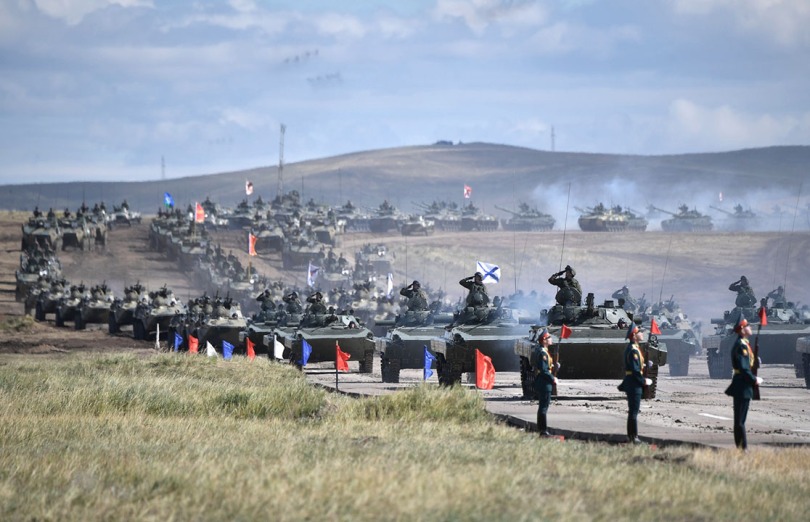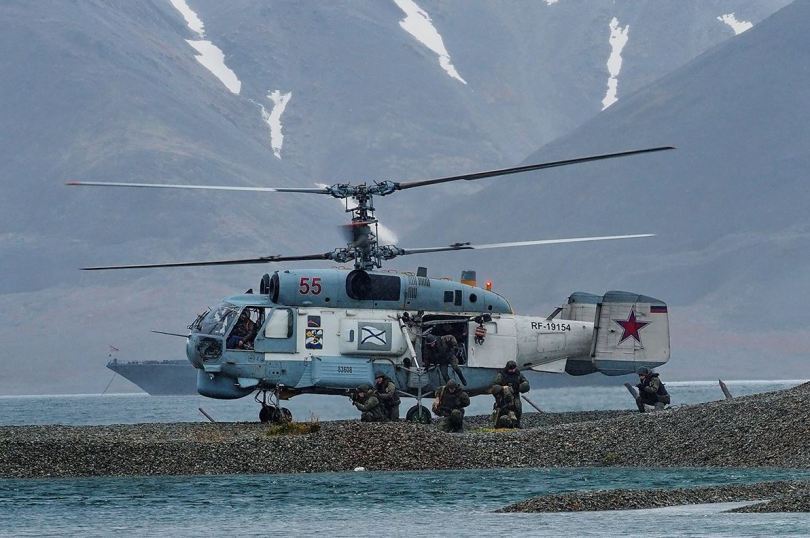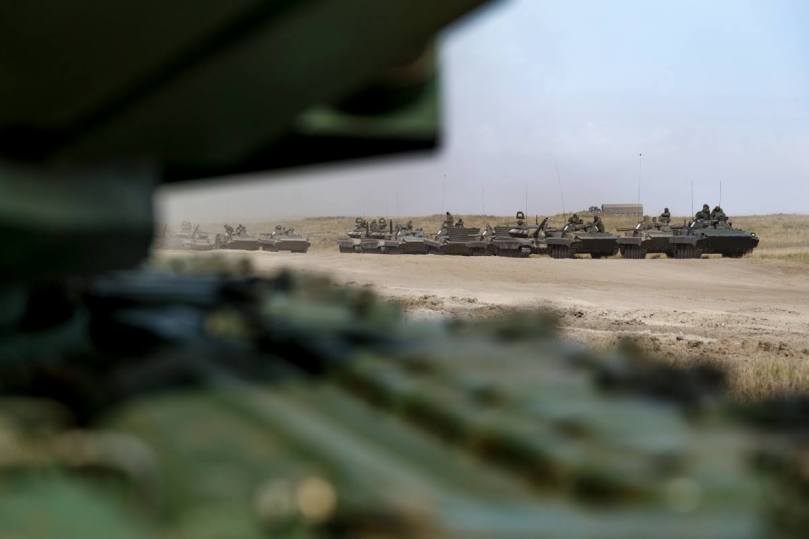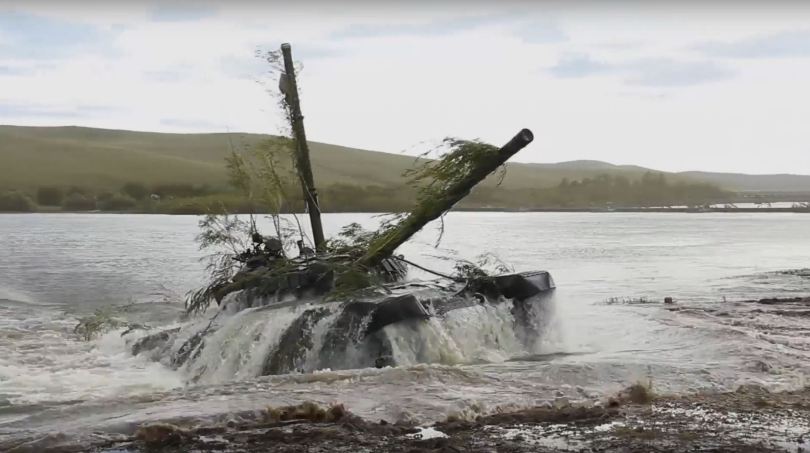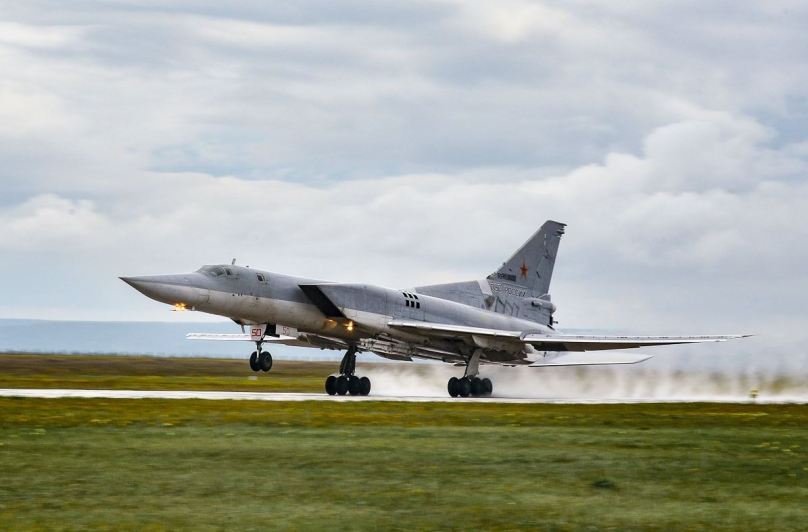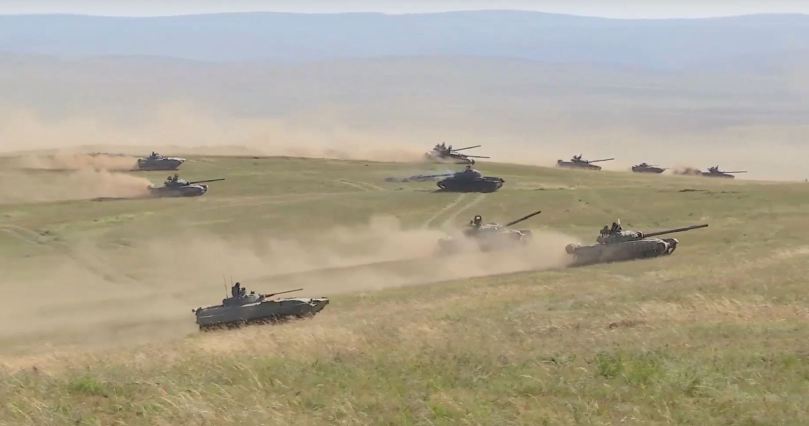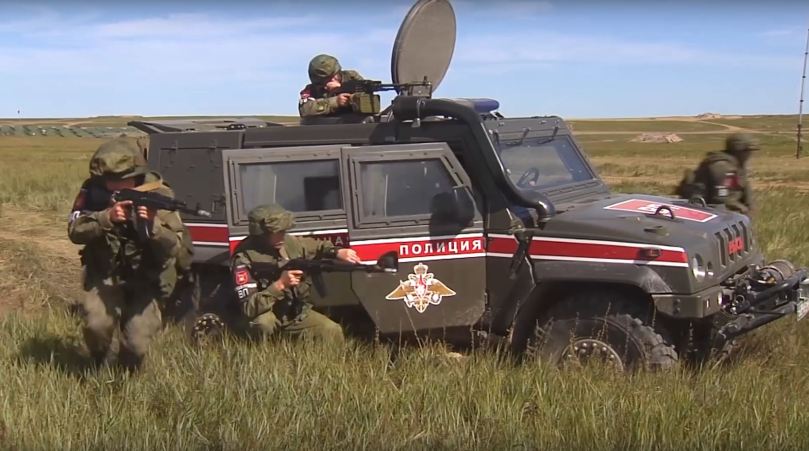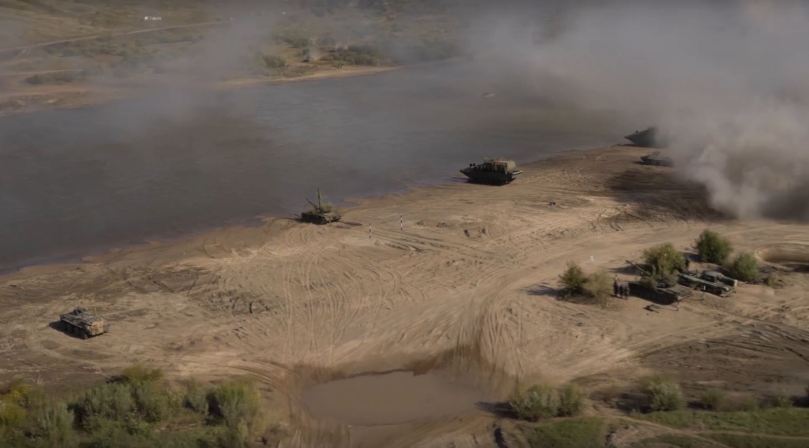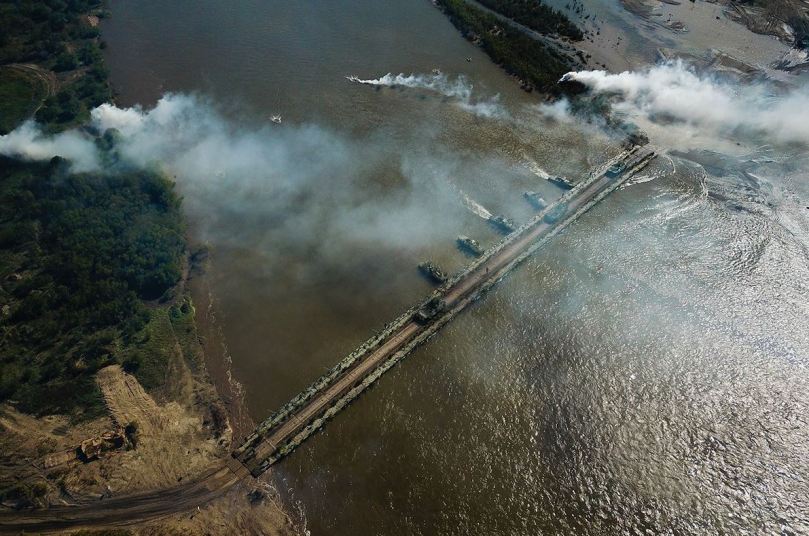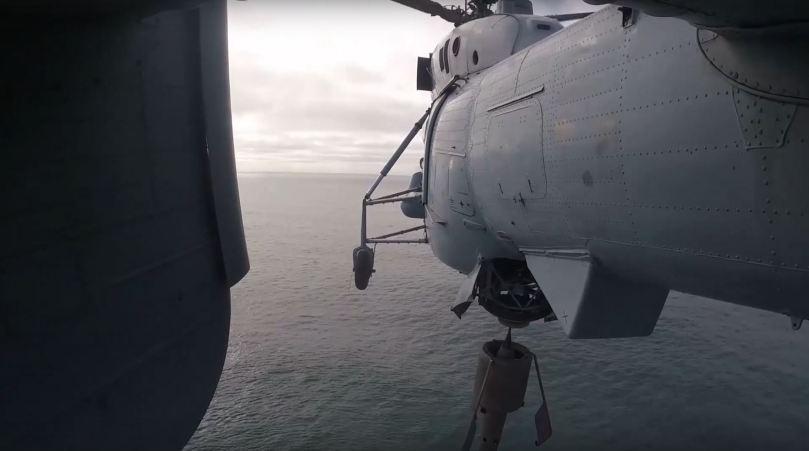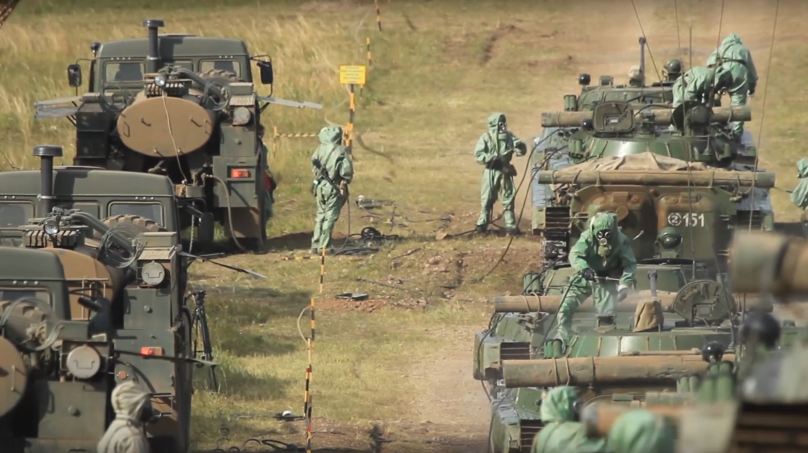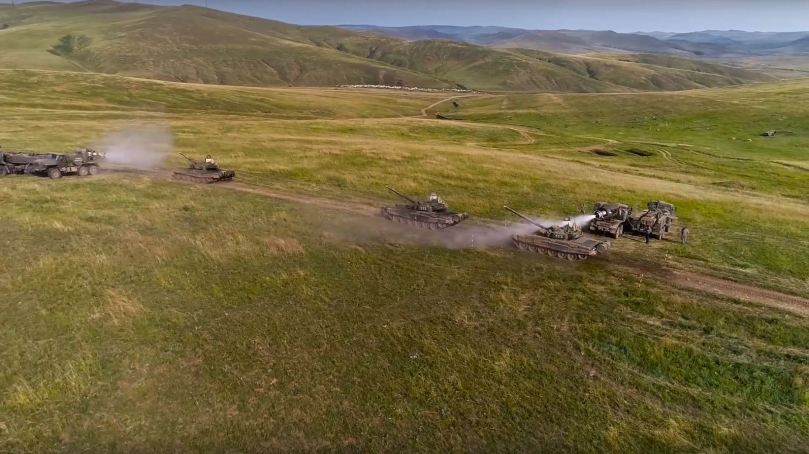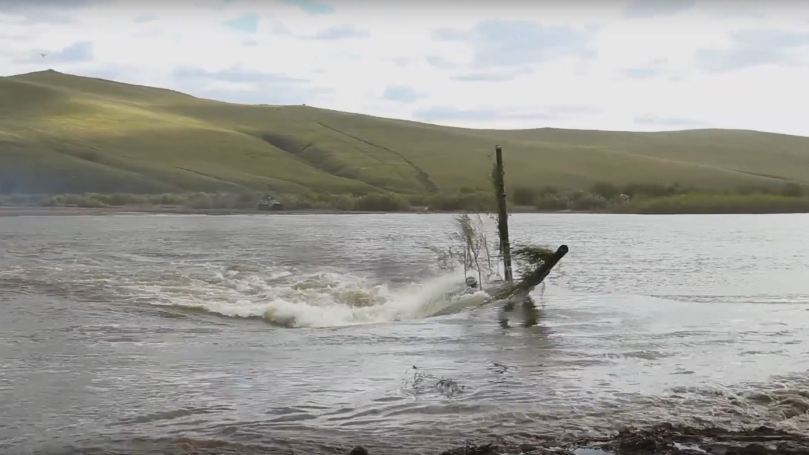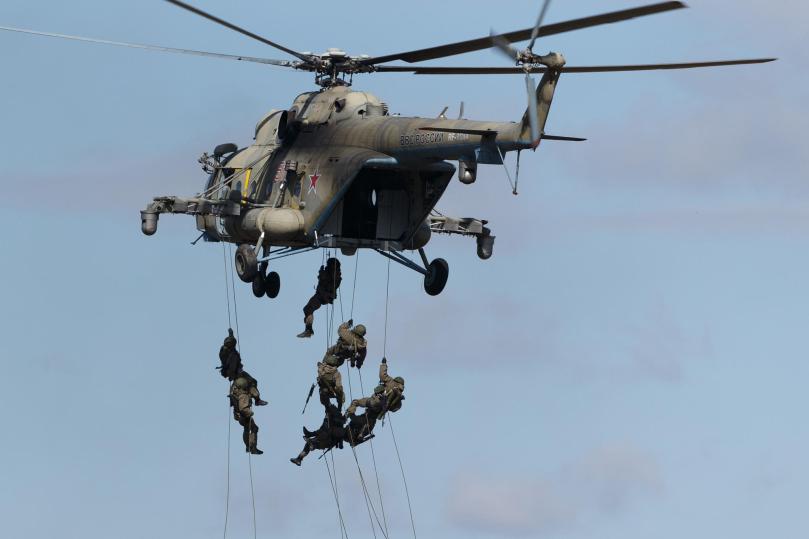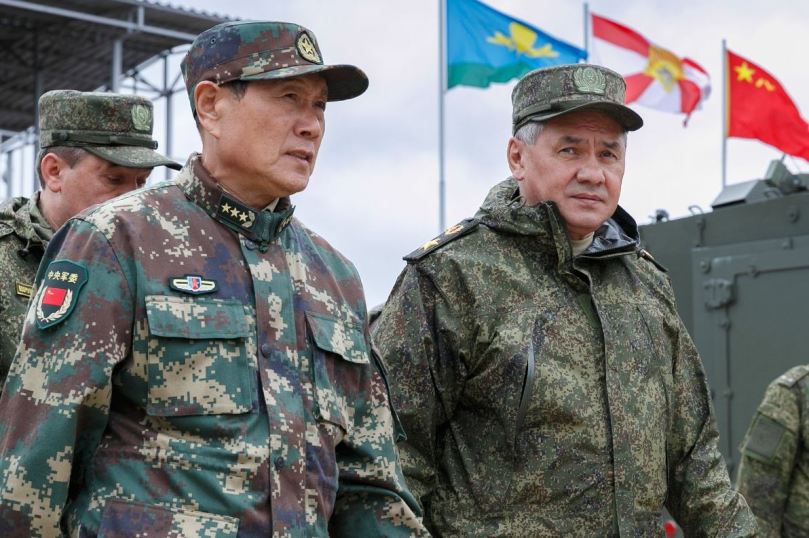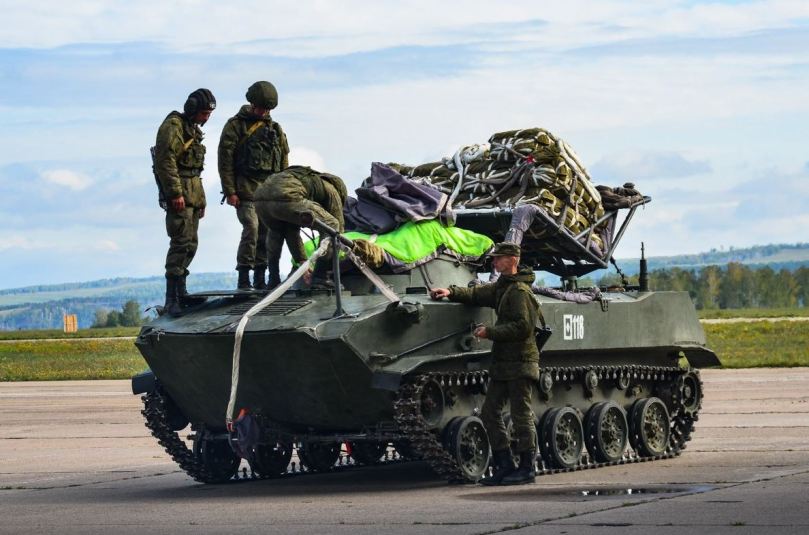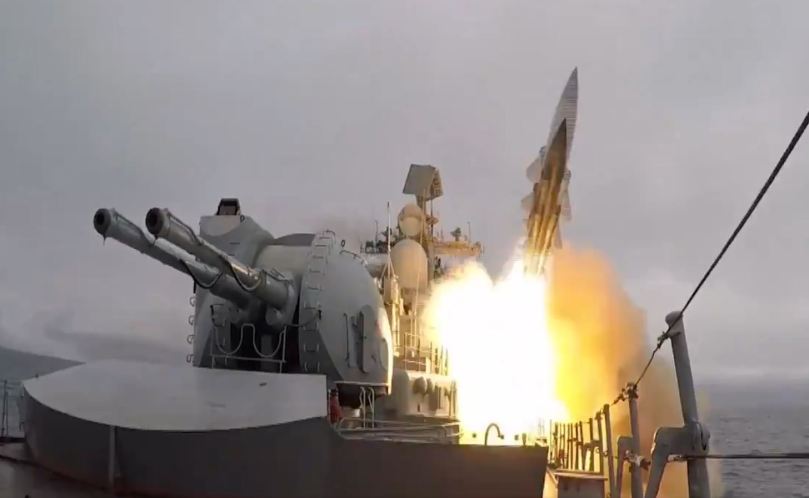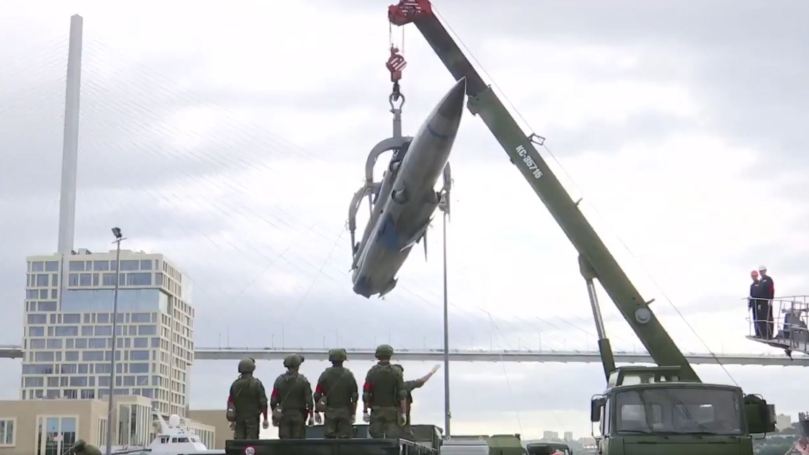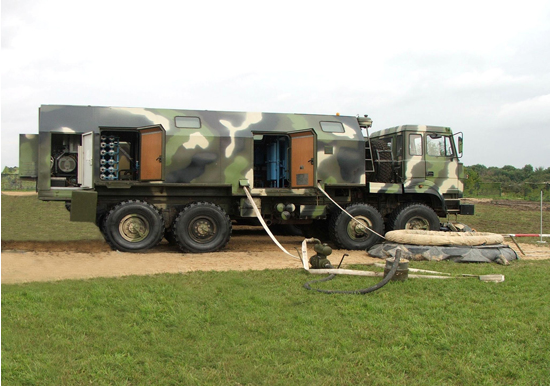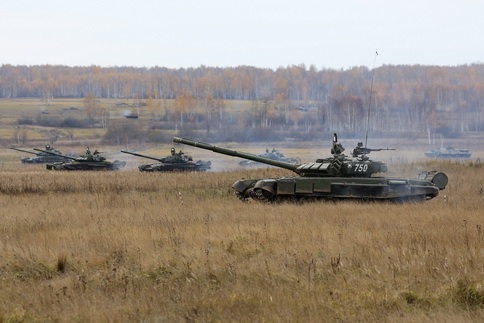I’d like to close out coverage of Vostok 2018 with a brief summary and analysis of the exercise, which was written for Oxford’s CCW Russia Brief, Issue 3. I strongly recommend the issue briefs from Oxford’s changing character of war program, which feature some of the best experts on the Russian armed forces in the field.
Russia’s annual strategic exercises offer an important window into the evolution of the Russian armed forces, their ability to mobilize, deploy, and command large groupings of forces, together with the latest capabilities. The recently held Vostok-2018 (September 11-17), which as the name suggests focused on the Russian Eastern Military District, offered an important deviation from the typically held command-staff strategic exercise which the Russian General Staff organises every September. In a standard exercise, an operational-strategic command (OSK) takes in forces from other districts and fields them in a particular strategic direction, organizing a hypothetical fight together with the General Staff in the theatre of military operations (TVD). But in 2018, Vostok was changed into strategic manoeuvers. Under this framework two military districts, Central and Eastern, divided into opposing forces to conduct manoeuvers in different strategic directions. China’s official involvement in the annual exercises, which is a first, made the event politically significant in Sino-Russian relations, and a mutually agreed upon political signal send by both sides to international observers.
Unlike previous such exercises, Vostok-2010 and 2014, this event represents more of an “in-progress report” for the Russian armed forces. When he was first appointed Chief of General Staff in late 2012, Valery Gerasimov was dismayed with the Russian armed forces inability to move across the country and effectively engage in drills or training events at ranges distant from their home garrisons. The recently reformed military had become a permanent standing force, but it had little experience or credibility in being able to deploy to Russia’s borders in the event of conflict and successfully engage an adversary. The high tempo of snap readiness checks, drills, joint exercises, together with modernization investments under the State Armament Program, were meant to turn the Russian armed forces into a combat credible force, able to effectively deter large scale conventional conflict. Nowhere is this challenge more difficult than the Russian Far East, a vast region that is sparsely populated and lacks much transportation infrastructure.
Vostok-2018 was also as an opportunity for political signalling, featuring a large review of forces and photo opportunities similar to that of Zapad-1981. Russian pronouncements that the exercise would feature 297,000 soldiers – which would have been fully a third of the entire Russian military – was meant to underscore the state’s resilience and undiminished military potential in the face of political and economic pressure from the United States.
In reality, the exercise was rather smaller, probably not exceeding 50,000 participants (this is a guesstimate, use at your own risk) in the actual exercises, with most of the major events taking place at the Tsugol training range. The official numbers given likely represent the total forces on paper from the Central and Eastern Military Districts: often the Russian General Staff will count an entire brigade or division as having participated even when their contribution is only one unit. A large number of units were raised on alert on August 20th, in advance of the exercise, but few had any connection to the actual events. Official statements by Russian commanders also suggest that the exercise was much smaller in reality: Colonel General Alexander Lapin, commander of the Central Military District (CMD), stated that 7,000 troops participated at Tsugol from his district. Together with aviation and airborne units sent, it is unlikely that the CMD’s involvement exceeded 15,000-20,000 soldiers.
The reason for dramatically inflated figures for every Vostok exercise is straightforward: Moscow is unconcerned that announcing fantastical figures would engender a security dilemma in the region. Moreover, political agreements governing military exercises in Europe such as the Vienna Document have no jurisdiction east of the Ural mountains. As such, the Russian leadership can count unit participation however it likes, without stoking NATO fears. At the same time, including China in the exercise was a prudent measure to alleviate any inherent suspicions Beijing might have that these strategic manoeuvers were aimed at them, or a manifestation of Russian security apprehensions. Since most of the exercise events took place in Zabaykalsky Krai, a land-locked region bordering China and Mongolia, this was an important precaution. Moscow’s effort at engaging the Chinese military is quite clever, intended to foster greater partnership, engendering stronger military ties, while at the same time demonstrating to their strategic partners the capability of the Russian armed forces in an effort to bolster coercive credibility.
Vostok featured elements of both contact and non-contact warfare, from a series of attack, defence and flanking manoeuvers by battalion tactical groups, to blunting massed aerospace attacks, and effecting precision strikes against critical infrastructure at operational depths. Going into the exercise Valery Gerasimov said he wanted to see non-standard solutions practiced, code for the Chief of General Staff not wishing to see Russian units arrive at ranges to execute pre-rehearsed manoeuvers, i.e. put on a five-day bit of military theatre for him and Defence Minister Sergey Shoigu. It remains unclear whether or not he got what he wanted, but Shoigu indicated this type of exercise might be held every five years, pegged to implementation of the State Armament Program, the implication being that strategic manoeuvers would be used as a form of in-process review and reflection on the current state of the Russian armed forces.
Although every strategic exercise is designed to be a stress test for the Russian armed forces and supporting civilian agencies, Vostok had four principal areas of focus: logistics, mobilization, command and control, and tactical innovation. Emphasis was placed on the logistics, combat service support, and combat engineer components of the Russian armed forces. Command and control of forces in combined arms manoeuver, along with integration with other services remains a prominent feature, as does experimentation with the force structure itself. The Russian military continues to work on integrating recon-strike and recon-fire contours, connecting targeting in real time from drones, soldiers or aircraft, with artillery fires at the tactical level or strike assets distributed among the services. There was also a mobilization component aimed at taking in reservists to help fill out combat service support units and integrating civilian authorities into the exercise under the model that ‘everyone fights’.
Vostok was spread across five combined arms ranges, four air and air defence ranges, and several coastal regions in the Russian Far East. Ground force exercises featured large attacks with artillery and MLRS systems with targeting and battle damage assessments done via drone systems. River fording, bridging, masking of units with smoke and aerosol were all parts of the exercise to simulate the logistical difficulty of getting to the battlefield while under fire. Engineers also setup false targets, inflatable dummy units, practicing various forms of deception on the battlefield. The strategic nuclear component of the exercise involved flights by Tu-95MS bombers, which cut through the U.S. air defence identification zone, earning a free F-22 fighter escort before returning to fire cruise missiles at target ranges in Russia.
Efforts at innovation could be seen in the attempt by the airborne forces to create a new type of air assault detachment, together with an airmobile reserve based on heavy transport helicopters and light vehicles. Colonel General Andrei Serduykov, commander of Russia’s airborne forces, was trying new things this year by assembling battalions from three independent air assault brigades to practice large scale heli-borne attacks, some involved as many as 45 Mi-8 helicopters and two large transport Mi-26 helicopters in the action. The Russian airborne also conducted a sizable parachute drop, using 25 transports to deliver 700 soldiers and 51 BMD infantry fighting vehicles, while specialized light utility units were brought in as a ready reserve for the action. Russia’s Northern Fleet similarly brought a new force mix, including naval infantry and specialized units from its Arctic brigade, some of which conducted a raid in depth across as much as 270km of terrain.
China’s participation included some 3,200 soldiers mounted on tanks, infantry fighting vehicles, APCs and self-propelled artillery, together with 6 aircraft and 24 helicopters. Interactions between Russian and Chinese forces at the tactical level, assuming any serious collaboration even took place, seemed of lower import than the utility of this event as a form of political signalling. China’s Minister of Defence, Wei Fenghe, highlighted the importance of Sino-Russian cooperation at the operational and strategic level, while Shoigu announced that they had agreed to hold exercises regularly in the future. In a subsequent interview, Shoigu referred to the Chinese participants as allies. While it is difficult to interpret Vostok, or any other exercise, as a proof of a budding Sino-Russian entente, it is clear the two countries seek to demonstrate that they do not see each other as a threat.
While Western policymakers typically describe alliance formation as some sort of state-level dating, where relationships are formed based on trust, common values, similar political systems and so on, in reality this has little semblance to the history of how powers actually form alliances. Alliance formation behaviour takes place as a form of balancing behaviour in response to threats, therefore the only logical catalyst for a Sino-Russian entente is the threat posed by the United States, and the extent to which the two countries see their respective challenges as worth the risk and liability of closer cooperation. Having identified both countries as great power competitors in the National Defense Strategy, and practical measures to intensify the confrontation in economic and military domains, Washington has taken important steps to further enhance cooperation between its disparate adversaries.
Vostok-2018 strategic manoeuvers illustrate that while much progress remains to be made in improving the capability and capacity of the Russian armed forces, the military as a whole is increasingly greater than the sum of its parts, and certainly much improved from its relatively raw state in 2012-2013. Meanwhile Russian policy has become rather more deft in managing their ‘strategic partnership’ with China, seeking to leverage military events as part of a boarder effort to slowly and incrementally pull the latter into a balancing entente against the United States.

